
After Curved OLED TVs, companies like LG and Samsung have taken their curved display fight to smartphones. While Samsung’s Galaxy Round seemed more of a proof-of-concept with limited availability, LG brought the G Flex with more serious ambition. LG has been expanding the availability of the device to many markets and more recently announced the device for India. But is a curved display enough for consumers to shell out their money? Let’s find out.
Design:

There’s no denying that the G Flex is innovative. While devices like Nexus S and Galaxy Nexus had a slight curve on the front, G Flex is a device where the complete body is curved – right from the display to the battery. Heck, it even flexes! You can straighten the device by applying some force at the back and see it to turn to the original form.

Unlike Samsung’s Galaxy Round that has a left-to-right curve, LG has adopted a top-to-bottom curve, which in our opinion is a better approach since it follows the curvature of the human face. The G Flex however, is big and could be unwieldly for users with small hands. Here’s a size comparison with the Galaxy S4.


As for the placements, the front is graced with a big 6-inch display with camera, sensors and the earpiece at the top. The top side of the handset features a mic while the bottom sports another one along with a microUSB port and 3.5mm headphone jack. The back side is similar to the G2 with volume and power/lock buttons placed at the back, just below the camera and the infrared port.

Another interesting feature G Flex has is the self-healing back. The back of the G Flex has an elastic coating that has the ability to heal scratches and yes, it does work. A deep scratch won’t go away completely but does bring it to pristine condition in case of minor scratches.
To cut the long story short, G Flex is definitely a head turner and despite its large size, LG has managed to keep it slim and lightweight.

LG has integrated a 6-inch curved Plastic OLED (POLED) display in the G Flex and supports 720p resolution. The display size on the G Flex is on the lines with the high-end devices but the resolution is a downer. Below par quality with text and images are clearly visible on a 6-inch 720p display. We may not know the real reason for LG not integrating a Full HD display on the G Flex but that’s the least you expect from a flagship device. Barring the resolution, colour reproduction and viewing angle of the display were pretty good.
Performance:

On the processing side, G Flex comes with Snapdragon 800 2.26GHz quad-core processor and 2GB of RAM. The phone uses top of the line processor offered by Qualcomm, which means the device runs butter smooth with Android along with custom user interface run on top.
Speaking of Android, the G Flex runs Android Jelly Bean 4.2.2. There’s no word on the availability of Android KitKat but it’s certain for a high-end like the G Flex, LG will release the software upgrade sooner or later.

LG has even integrated some software features that take advantage of G Flex’s curved display. First is Fluid Lock Screen that moves the wallpaper according to the G Flex’s vertical movement. Next up is QTheater or QuickTheater that puts good use of the curved display. QTheater makes it easy to view photos, videos and even YouTube videos on G Flex’s curved screen.

Dual Window also arrives on the G Flex and works similarly to Samsung’s Multi Window feature. LG claims the curvature of the display makes it easier for consumers to multitask but is limited to the number of apps that can take advantage of this feature.
The G Flex also borrows some features from devices like LG G2 and includes Slide Aside that allows multitasking of three apps simultaneously with three finger swipe. There’s Quick Memo, QSlide, Guest Mode and Quick Remote, which makes use of the infrared port located adjacent to the camera.

The final software inclusion is KnockOn that allows users to lock/unlock their device with just two taps and it works pretty well on the G Flex.

G Flex has a 13 megapixel camera at the back and a 2.1 megapixel on the front. The Camera UI is pretty much the same you’d find on an LG phone and brings in variety of camera modes and filters. As for the quality, we feel it goes head to head with the G2 with good colour accuracy and white balance. G Flex’s 13 megapixel snapper is even capable of capturing videos in 4K UHD resolution.
Click here for sample shots.
On the battery side, LG has integrated a 3500mAh non-removable battery that easily translates to over 1.5 to 2 days of run time with moderate to heavy use.
Conclusion:
It won’t be wrong to say that LG has packed in a lot of innovation in the G Flex but that innovation comes at a price. LG has priced the G Flex at Rs. 69,999 that suggests G Flex to be LG’s proof-of-concept, albeit with the intention to sell in as many countries as possible. However, the curved display, curved battery and a self-healing back are something a user can live without. At least for now. Let’s hope G Flex’s next iteration is targeted more towards the consumers with a slightly cheaper price tag.
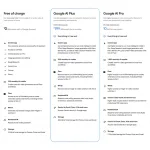
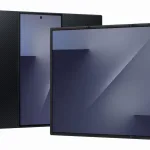
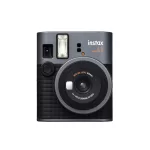
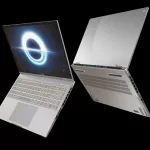
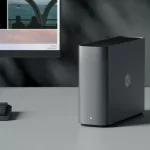
Leave a Reply